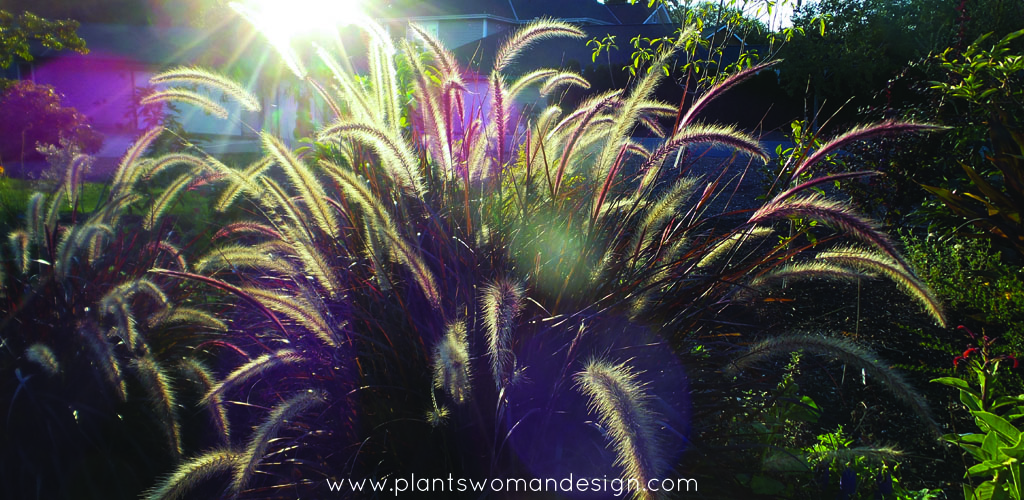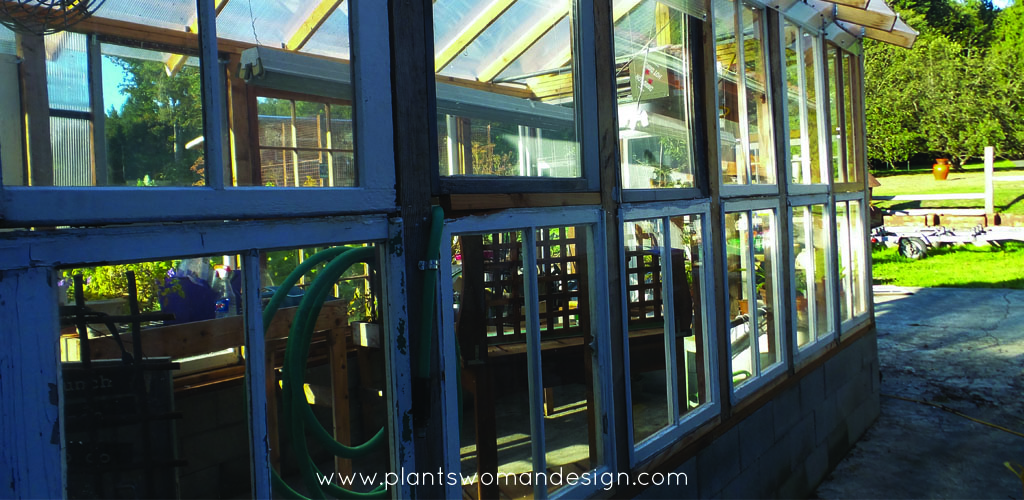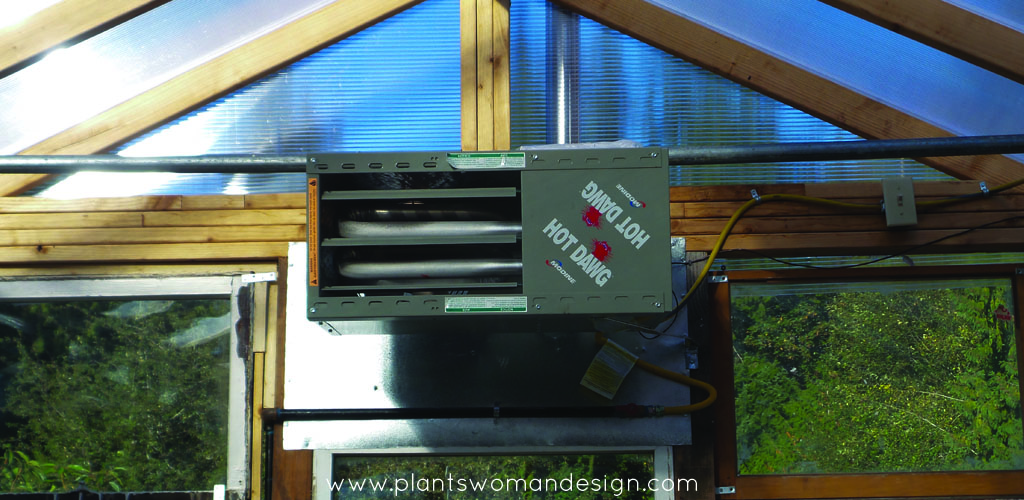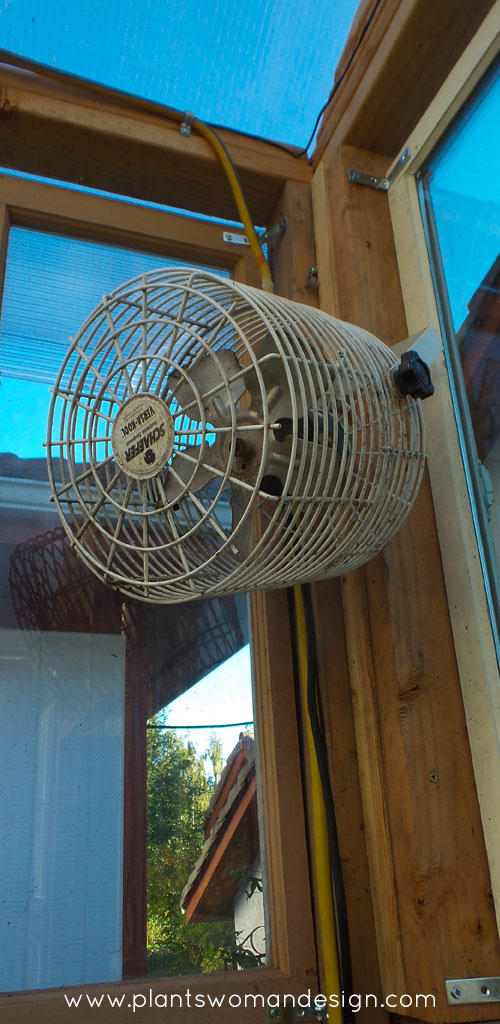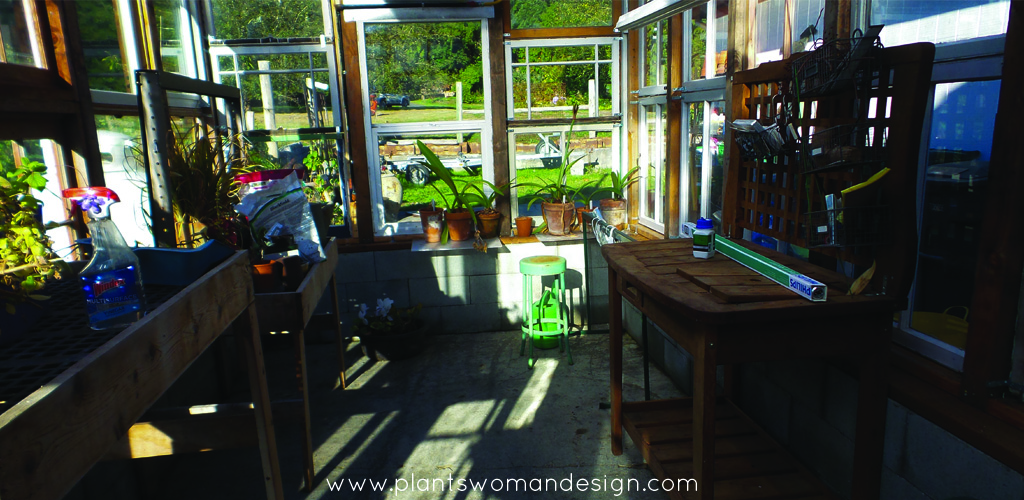BRR it’s getting cold out there… How can it be 37 degrees last night? I’m beginning to realize my neighbor was right when she said we lived in a frost pocket. It was 37 when I got in my car and by the time I turned off my road onto the main road it was 45. That is a pretty big difference in temperatures. My plants are ready to move inside and the greenhouse is almost ready.
Many times greenhouse keepers clean out their greenhouses in the spring after all the plants are moved out into pots or the ground. My greenhouse becomes home to my collection of hardy orchids during the summer so I don’t do a big spring clean out. I usually wait until after summer before the temperatures really drop to make tackle the task. It’s nice to have a little warning before the temps drop but three years ago we did not. It was warm and sunny with lows in the 50’s until November then one day in it was 30. Many plants were still in full leaf and blooming! That quick-freeze killed many established plants.
This year I’m ready and will get my non-hardy plants into the greenhouse before its too late. Before I do that though, I needed to get it finished.
Many of you saw the beginning of the greenhouse last year (click HERE to read about it). The bottom is made of cinderblock and the top of recycled windows. I only had enough windows last year to make the bottom row of windows and the rest was plastic. This year it was time to finish the top rows and take off the plastic. The windows I like to use are usually $4.00 each pane, if you get a craftsman style window it can be $20 or more. I usually opt for 1 or 2 pane windows. A total bill of $35.00 is pretty easy to swallow after looking at new window options or the polycarbonate at the hardware store. I used the polycarbonate for the roof last year and this year bought one more piece to fill in where the glass didn’t fit just right. Flexibility is the key to using recycled materials. Being precise and rigid will not help in making this greenhouse. Once the gaps are filled the eclectic look is rather fun.
After placing the rest of the windows I pressure washed the interior, cleaning out debris and old pots, throwing away dead plants and dumping it all on the compost heap.
Windows were washed and panes checked for cracks and or broken molding. I repaired what was important and left the rest. It is rustic after all.
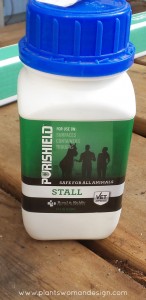 The feed store has a safe disinfectant that I uses to spray the interior. It is the same type used at a Vet’s office or horse barn and is non-toxic to animals and people. Some bugs, viruses and fungus can hang out in the cracks and crevices of the greenhouse even after pressure washing. A good dose of disinfectant can solve MANY problems before they start.
The feed store has a safe disinfectant that I uses to spray the interior. It is the same type used at a Vet’s office or horse barn and is non-toxic to animals and people. Some bugs, viruses and fungus can hang out in the cracks and crevices of the greenhouse even after pressure washing. A good dose of disinfectant can solve MANY problems before they start.
After the interior was dry I filled the cracks and large spaces with foam weather-stripping. This is a type of material that you stuff in crevices and then caulk over the top and fills the space so the caulking can seal it. If the space was big I added a piece of wood, cut to fit. After the foam filler was in place the cracks can be caulked. I like to use a clear silicone exterior adhesive caulk. The windows have different paint colors so using a clear caulk looks better than white. (Next year I may paint the exterior).
Next, I checked the heater, filled up the propane tank and replaced lights. I have grow lights on a timer so the lights are on when I’m usually in the house in the evenings and it also extends the growing period.
BRINGING PLANTS INTO THE GREENHOUSE
Check each and every one for slugs and snails. One slug or snail can cause serious damage and lay eggs to hatch out all winter long.
Sometimes an organic ‘safe’ fungicide and pesticide is a good preventative idea. Usually mealy bugs and spider mites are killed in the summer sun but not always. Citrus is especially hard to keep pests off.
Water all transplants well. I usually put my tropicals in the garden so they have a chance to really grow. Putting them back in a container can be traumatic so give them some love.
Leave air space around all the plants. Do not try to cram too many in at one time (that is my biggest problem). If it is a coleus that you love just take cuttings and root those instead of trying to bring the whole thing in. Begonias can be overwintered as bulbs as can cannas and colocasias. Let them go dormant before bringing them in and save space for shrubs that can’t (check out this Little Bytes post for how to overwinter bulbs). Even bananas can be overwintered in a garage without soil.
This type of greenhouse is fun, economical and functional. It has plenty of space for tall plants as well as shelving for small succulents. There is usually a dry area of the greenhouse and a wet area. The dry area has the humidity but not constant water. Occasional water is best for those so not watering one whole section is easier to remember. If it gets really cold you can wrap the whole house with another layer of plastic to aid in insulation. I live in Zone 7 so seldom does it get in the below freezing for any length of time. The recycled windows are usually not double paned or insulated so they will lose heat if there is no sun and it gets extremely cold.
A greenhouse is a wonderful thing.

